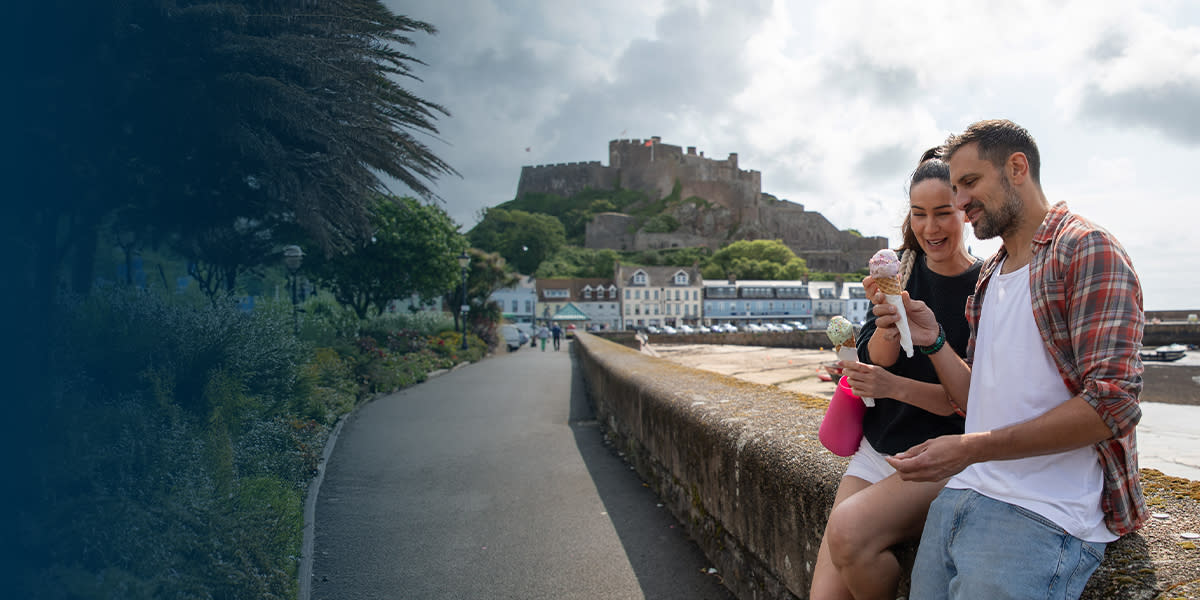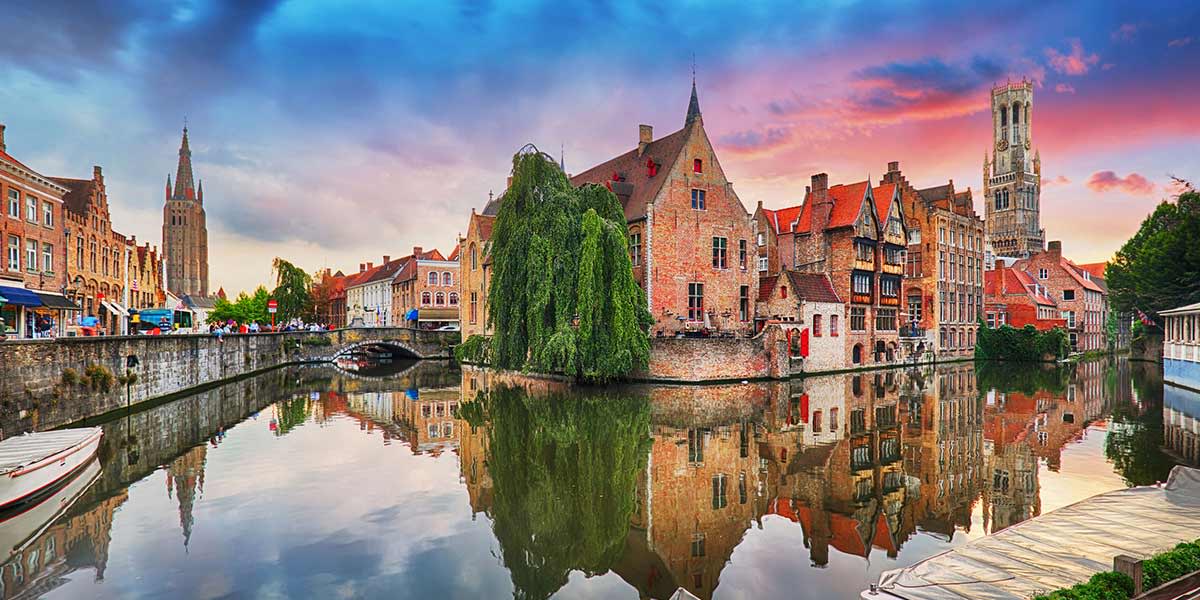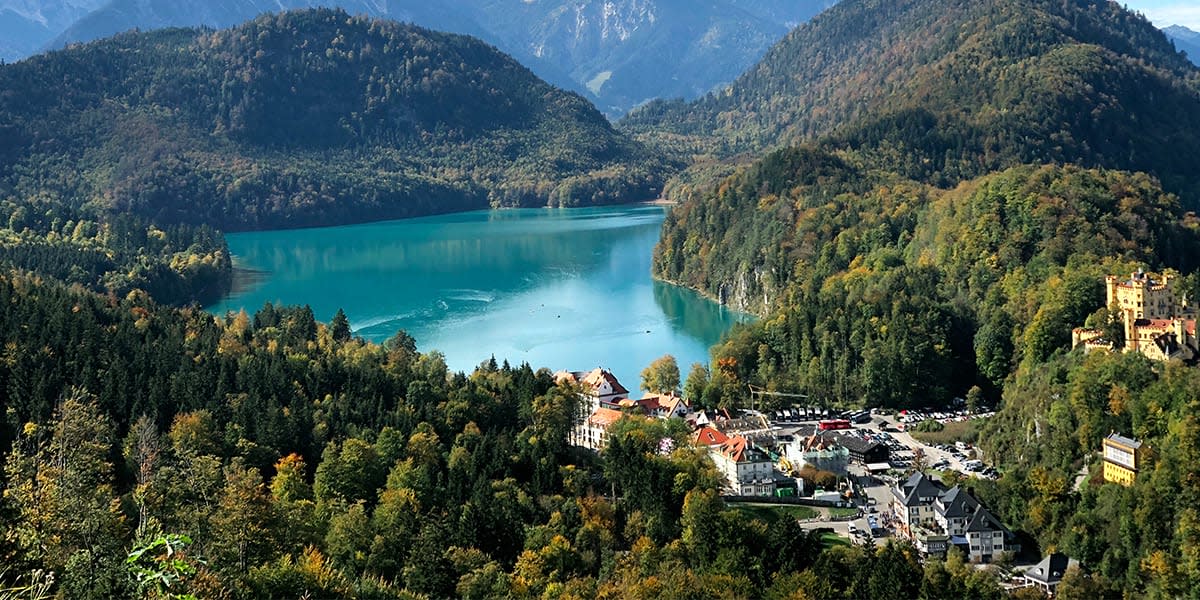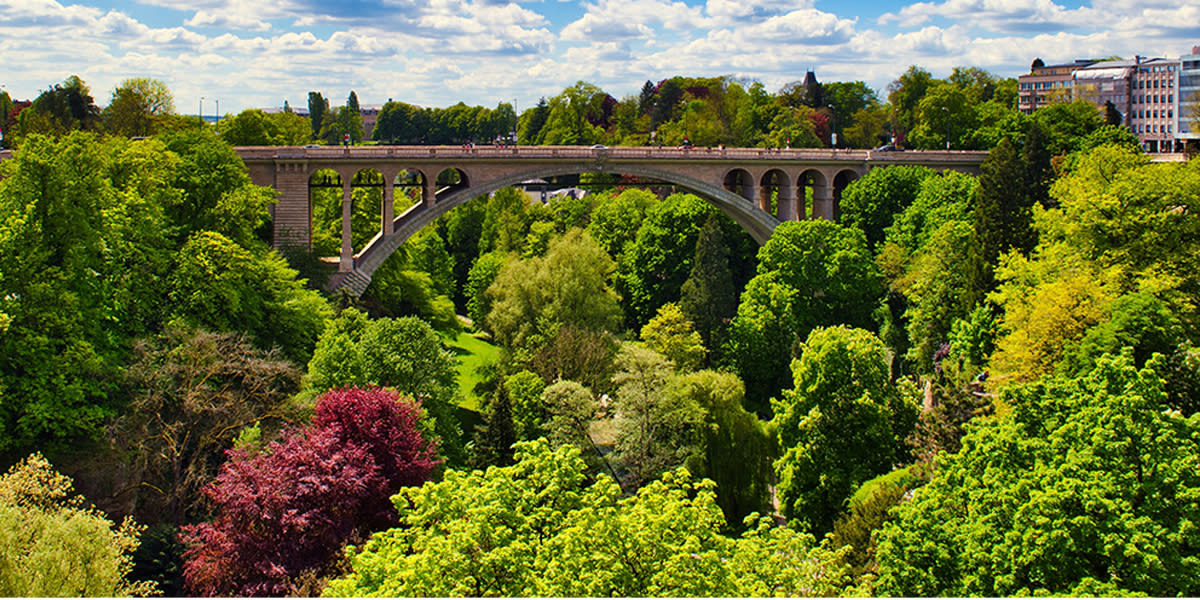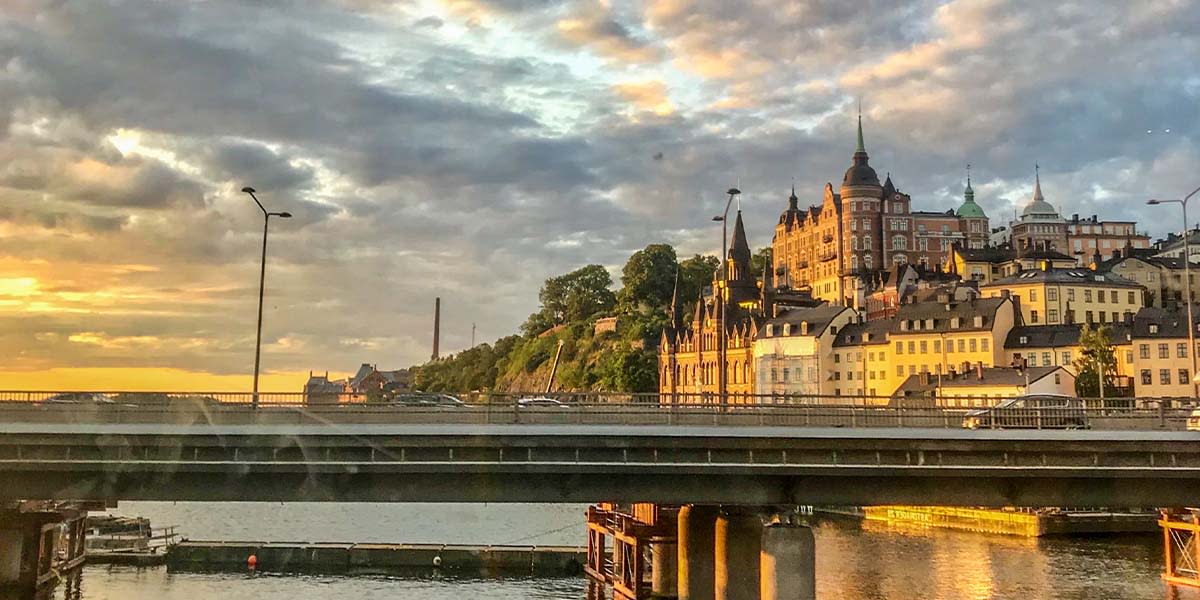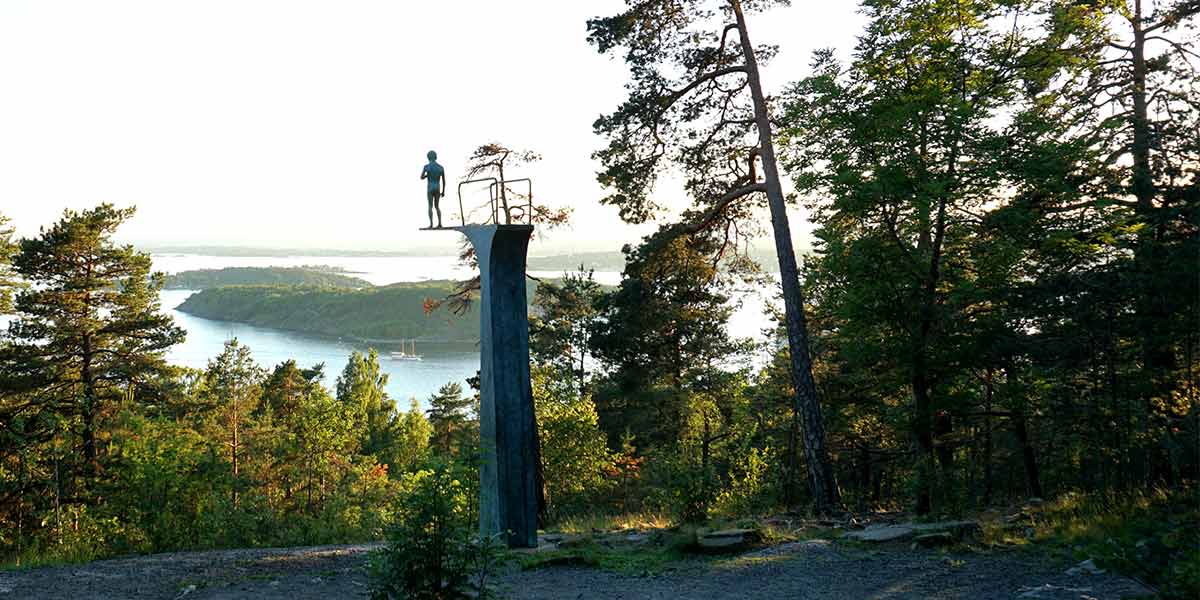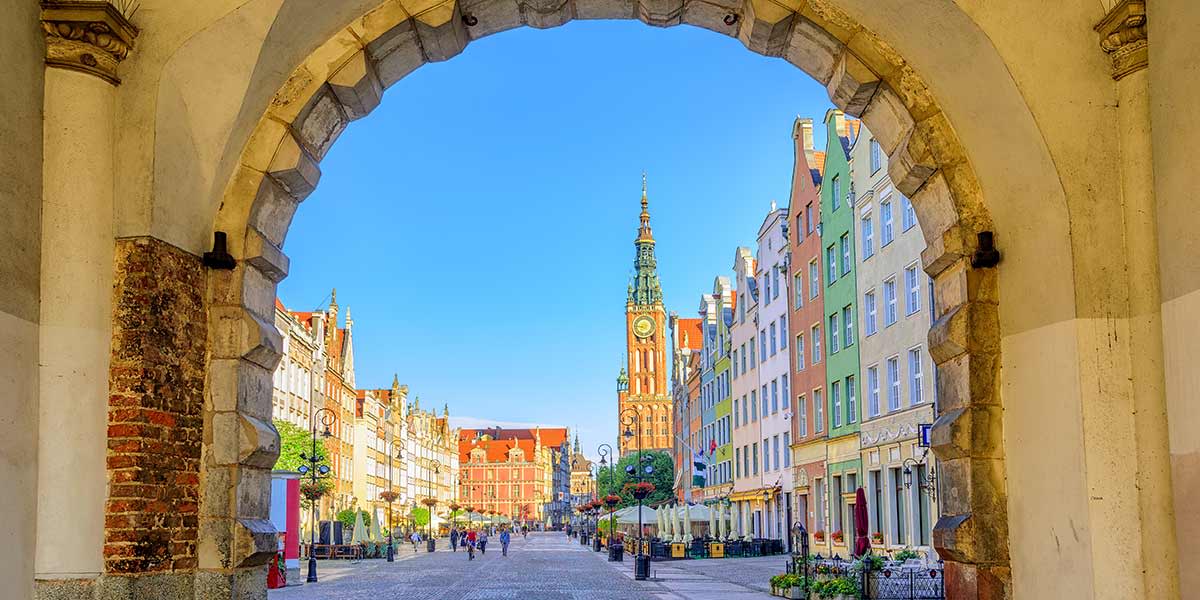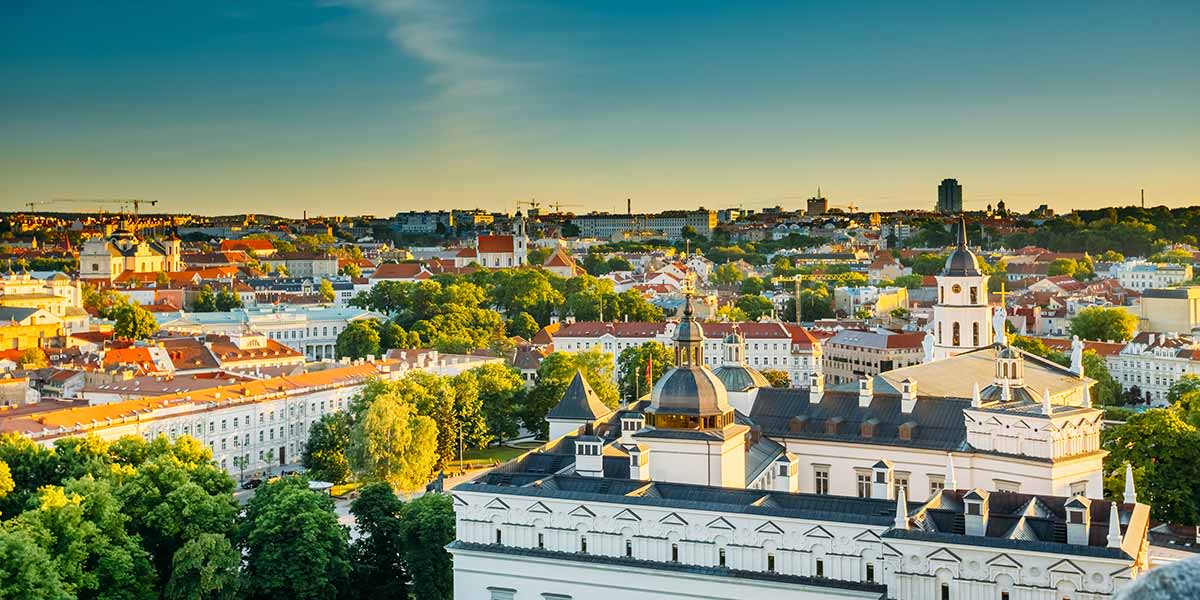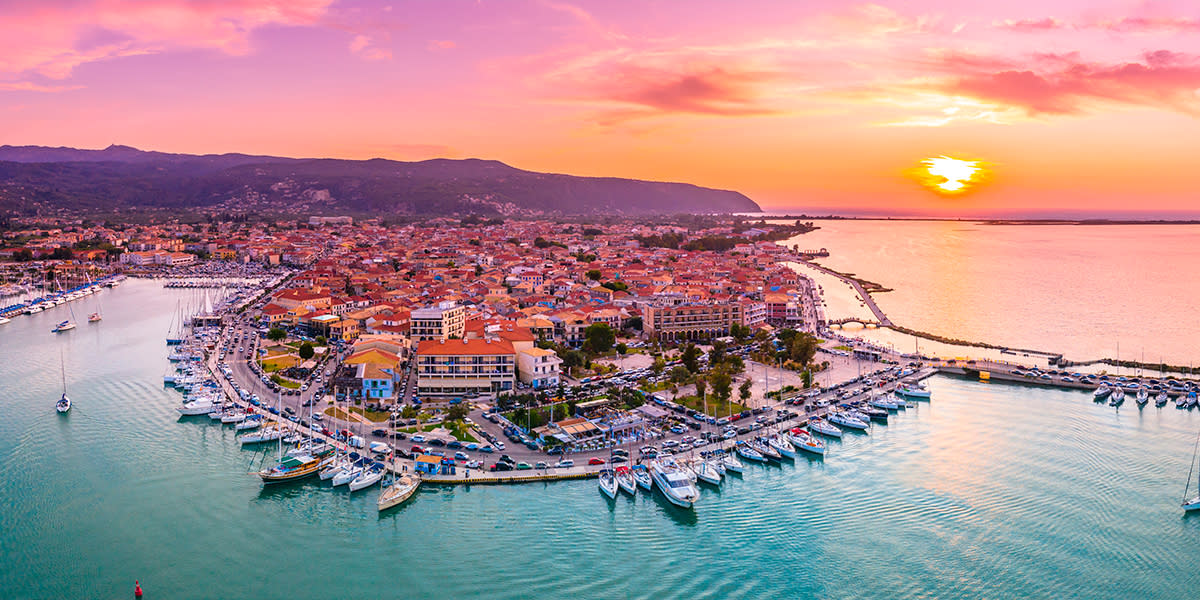
Your Essential Travel Guide To Europe

Discover Things To Do In Europe
Reach major European countries conveniently and at highly competitive prices on our DFDS European ferry and cruise routes. These crossings will allow you to discover Europe, letting you explore the UK, Ireland, France, Holland, Jersey, Denmark, Norway, the Baltics, and beyond.
See more about the European cruise and ferry destinations in our comprehensive travel guides below.
Travel Guides

All DFDS Ferry Routes
DFDS has one of the largest ferry networks in Europe, with routes operating to Denmark, Norway, the UK, Ireland, mainland Europe and even the Baltic regions, including major cities such as Copenhagen, Oslo and Amsterdam. Travel with your car and open the gateway to Europe with DFDS.

Proudly named the World’s Leading Ferry Operator
And nominated again in 2025!
While we wait to hear the results of the European award, you can already help us secure the World title too.
Thank you!




